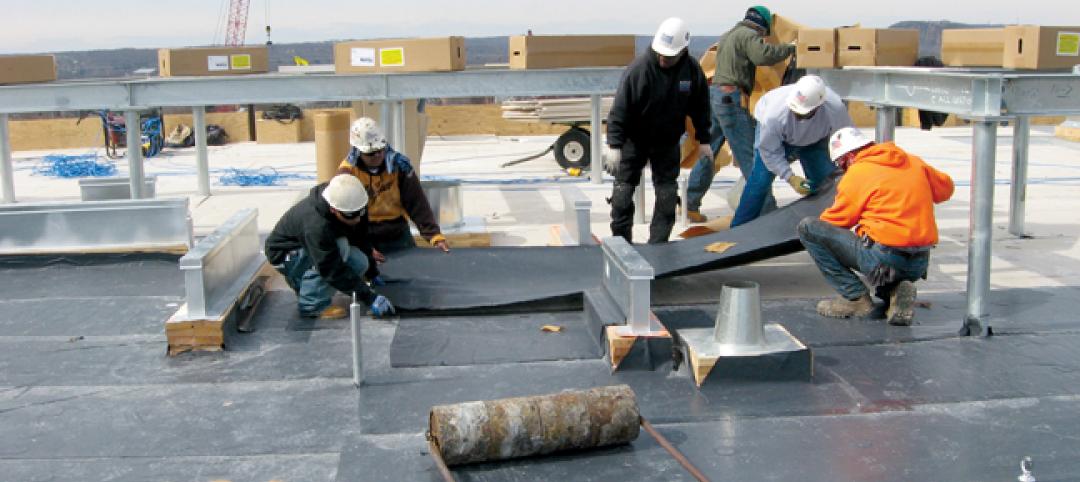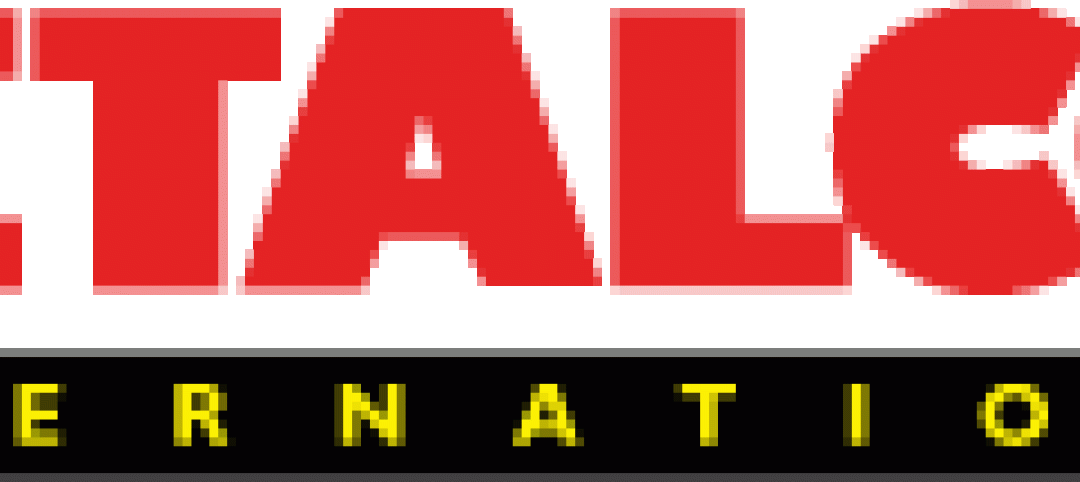In response to manufacturer demand, the Health Product Declaration Collaborative, together with GreenCE, GreenCircle, NSF International, PE International, SCS Global Services, ToxServices LLC, and UL Environment, is developing an official protocol for third party verification of HPDs. A similar process is underway to define expectations for quality assurance consulting.
The Health Product DeclarationTM (HPDTM) offers a framework for manufacturers to list product ingredients and associated health information. It also provides a context towards a better understanding of the variables in existing inventory systems.
“Establishing common criteria for third party verification and quality assurance consulting is critical to advance the collective knowledge of the building industry, particularly as questions move up the supply chain,” said Eden Brukman, Technical Director of the HPD Collaborative. “For these services to be successful, consistency is key.”
Alpar Architectural Products LLC, ASSA ABLOY Door Security Solutions, Bradley Corporation, Cosentino Group, Forbo Flooring Systems, GAF, Interface, Mohawk Group, Nydree Flooring, PROSOCO, and Teknion are already working with one or more of the provisional third party verifiers and quality assurance consultants so that, when released in Spring 2014, the official protocols will be based on functional experience and the best standard of practice. This initial discovery phase of documenting the necessary methodology, credentials, and training will run through February 2014. Additional manufacturers are also encouraged to participate.
“Decision makers are looking for more information than ever before about the products they specify, and we know that they see value in that information being backed by third-party substantiation,” said Sara Greenstein, President, UL Environment. “UL Environment is proud to participate in this pilot with the HPD Collaborative to ensure quality and consistency in the verification process, and to offer manufacturers a way to meet new market demands for third-party verified Health Product Declarations.”
“Creating a third-party review process for HPDs is a necessary step in providing accurate material content data, and GreenCircle is proud to be at the forefront of this movement,” said Tad Radzinski, Certification Officer.
Dr. Margaret Whittaker, Managing Director and Chief Toxicologist of ToxServices LLC added: “The HPD is a valuable tool for all levels of the supply chain and an important first step in a manufacturer’s commitment to product sustainability. ToxServices is pleased to help product manufacturers complete their HPDs and to provide confidential third-party services that facilitate the reporting of proprietary formulation information.”
"The HPD is a much needed step forward for the construction industry,” said Tara Blank, Ph.D. of Elixir Environmental. “GreenCE and Elixir Environmental are excited to be involved in the pilot program for development of a third party verification system for The HPD, which we expect will act to further increase transparency and accountability of building products."
Teresa McGrath, Supervising Toxicologist for NSF Green Chemistry Programs agreed, “HPDs are an important addition to the expanding portfolio of product information. Along with environmental product declarations (EPDs) and multi-attribute sustainability standards, HPDs will allow specifiers, buyers, and end users to get a standardized set of third-party verified, transparent data and information about the materials and any potential hazards associated with ingredients in building products. NSF is committed to helping the business products industry meet the HPD requirements and providing third-party validation services.”
“Transparency and disclosure are now market requirements. Providing software solutions and technical support for the development of protocols and various types of product declarations and public reports is the core of our business, and has been for 20 years,” said Heather Gadonniex, Business Development Director, PE INTERNATIONAL. “We are pleased to lend our collective expertise to drive continuous improvement of the HPD standard and ensure our clients’ interests are represented throughout the process.”
“SCS Global Services is committed to the continual improvement of the HPD process to ensure the highest level of chemical transparency and disclosure,” said Stowe Beam, Managing Director of Environmental Certification Services. “As a trusted leader in environmental certification, we are pleased to offer third-party verification of HPDs and inform the HBD Collaborative pilot to develop a standardized verification system.”
About Health Product Declaration Collaborative
The Health Product Declaration Collaborative is a customer-led organization committed to the continuous improvement of the building industry’s performance through openness and innovation in the product supply chain. The HPD Collaborative created and supports the Health Product Declaration (HPD), an objective tool for the accurate reporting of product contents and how each ingredient relates to the bigger picture for ecological health. The HPD helps us impartially define the critical information needed by manufacturers, suppliers, building designers, specifiers, owners, and users. It is freely available at www.hpdcollaborative.org.
Related Stories
| Feb 1, 2012
Blackney Hayes designs school for students with learning differences
The 63,500 sf building allows AIM to consolidate its previous two locations under one roof, with room to expand in the future.
| Feb 1, 2012
Two new research buildings dedicated at the University of South Carolina
The two buildings add 208,000 square feet of collaborative research space to the campus.
| Jan 31, 2012
AIA CONTINUING EDUCATION: Reroofing primer, in-depth advice from the experts
Earn 1.0 AIA/CES learning units by studying this article and successfully completing the online exam.
| Jan 26, 2012
American Standard names Gould as president and CEO
Gould succeeds Don Devine, who led the successful turnaround of American Standard Brands.
| Jan 15, 2012
Hollister Construction Services oversees interior office fit-out for Harding Loevner
The work includes constructing open space areas, new conference, trading and training rooms, along with multiple kitchenettes.
| Jan 12, 2012
3M takes part in Better Buildings Challenge
As a partner in the challenge, 3M has committed to reduce energy use by 25% in 78 of its plants, encompassing nearly 38 million-sf of building space.
| Jan 9, 2012
METALCON International 2012 announced
METALCON 2012 is scheduled for Oct. 9-11 at the Donald E Stephens Convention Center, Hall A, Rosemont, Ill.
| Jan 6, 2012
New Walgreen's represents an architectural departure
The structure's exterior is a major departure from the corporate image of a traditional Walgreens design.
| Jan 4, 2012
New LEED Silver complex provides space for education and research
The academic-style facility supports education/training and research functions, and contains classrooms, auditoriums, laboratories, administrative offices and library facilities, as well as spaces for operating highly sophisticated training equipment.
| Jan 3, 2012
BIM: not just for new buildings
Ohio State University Medical Center is converting 55 Medical Center buildings from AutoCAD to BIM to improve quality and speed of decision making related to facility use, renovations, maintenance, and more.

















